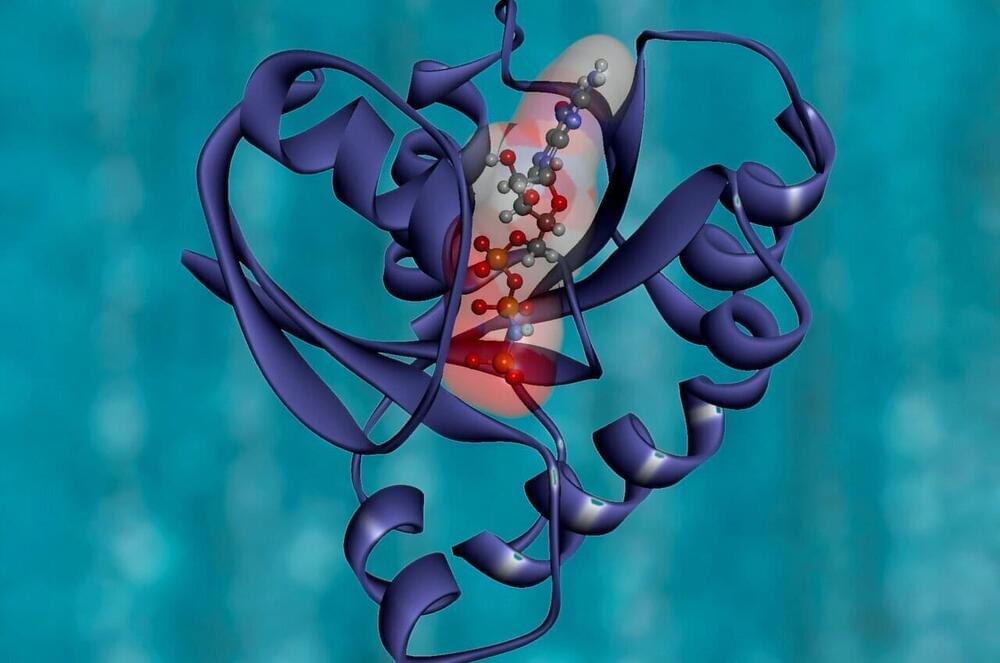
AI Algorithms Unveil Hidden Patterns in Protein StructuresAI Algorithms Unveil Hidden Patterns in Protein Structures Advancements in artificial intelligence (AI) have revolutionized various scientific fields, including structural biology. AI algorithms are now being deployed to uncover hidden patterns and insights within complex protein structures. Traditionally, structural biologists have relied on X-ray crystallography and cryo-electron microscopy to determine the atomic coordinates of proteins. However, these techniques can be time-consuming and computationally intensive. AI algorithms offer a powerful alternative that can complement and accelerate these methods. Machine Learning for Protein Structure Prediction AI algorithms, particularly machine learning techniques, have proven highly successful in predicting protein structures from amino acid sequences. Deep neural networks, such as AlphaFold, have achieved remarkable accuracy in predicting the 3D conformations of proteins with previously unknown structures. These algorithms analyze massive databases of known protein structures and extract underlying patterns that guide their predictions. Identifying Functional Regions and Interactions AI algorithms can also identify functional regions within proteins. By examining patterns in amino acid sequences and structural features, they can predict binding sites, catalytic pockets, and other regions that play crucial roles in protein functions. This knowledge helps researchers understand how proteins interact with ligands, drugs, and other molecules. Unveiling Allosteric Mechanisms Allosteric regulation involves the control of protein function by binding sites that are distant from the active site. AI algorithms can uncover allosteric mechanisms by identifying hidden pathways of communication within protein structures. This understanding is essential for designing new drugs that target allosteric sites and modulate protein activity. Accelerating Drug Discovery AI-powered protein structure analysis accelerates drug discovery by enabling researchers to screen potential drug candidates against a range of protein targets. By predicting the binding affinities and specificities of compounds, algorithms can identify promising candidates for further testing. This approach reduces the time and cost associated with traditional drug development pipelines. Conclusion AI algorithms are transforming the field of structural biology by revealing hidden patterns within protein structures. Machine learning techniques facilitate rapid and accurate protein structure prediction, while AI-based methods shed light on functional regions, interactions, and allosteric mechanisms. These advancements empower researchers to gain deeper insights into protein function and accelerate drug discovery processes.
Posted inNews